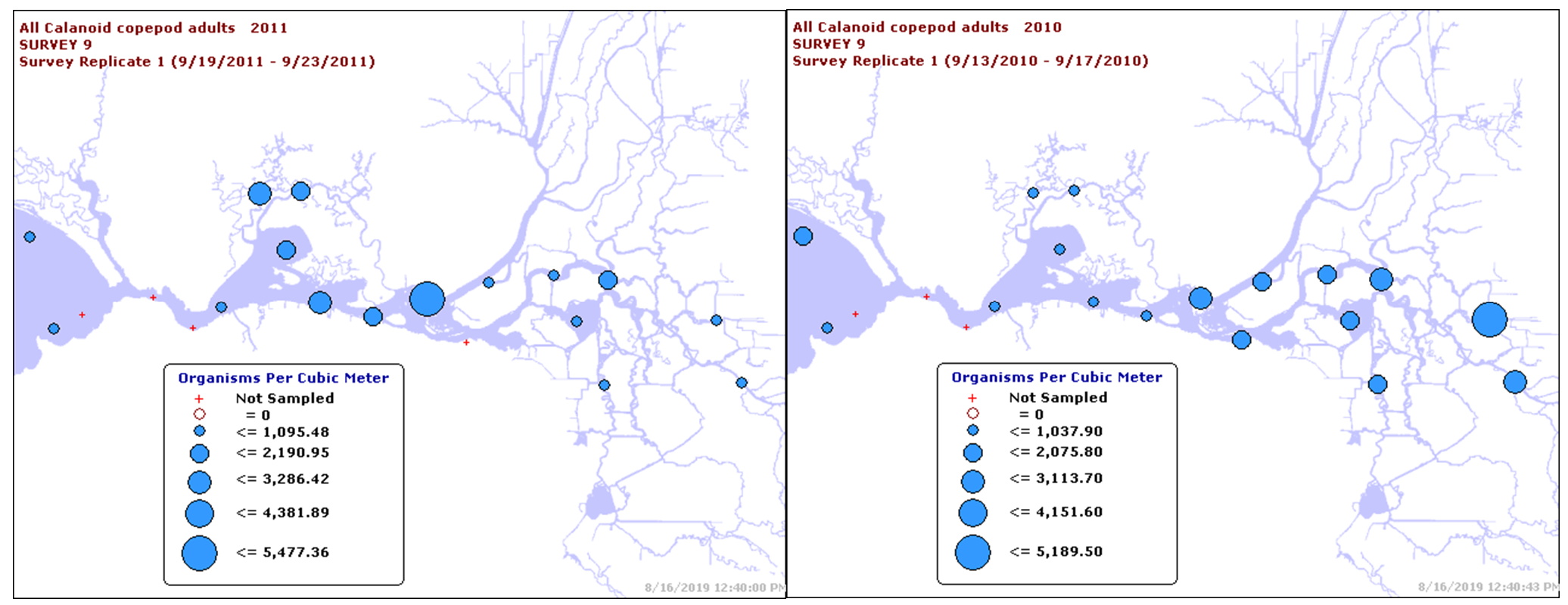In a June 2019 article in the LA Times , also posted in Maven’s Notebook, JACQUES LESLIE suggests that “hatcheries don’t belong in this picture” once the planned removal of four dams on the Klamath River is complete. Based on my decades of work in the Klamath watershed, this post suggests a different approach. A conservation hatchery could accelerate and improve the outcome of the recovery of Klamath River salmon. I respond below to a few statements in the article.
“Allowing hatchery salmon to mix with struggling native salmon after removing the dams is like rescuing a dying man only to slowly poison him.”
Native salmon are nearly extinct or already extinct over much of the Klamath River watershed. A small population of spring-run Chinook remains only in the Salmon River, and is about to be listed as endangered. Small declining runs of listed Coho salmon remain in several tributaries. Modest runs of wild fall-run Chinook continue in the Scott and Shasta Rivers, but they are not native to the upper watershed above the mainstem dams slated for removal. Remaining salmon in the Klamath River are the progeny of hatchery salmon or of interbred hatchery and wild salmon. Remaining wild Klamath River steelhead are also not native to the upper watershed, and many of them spawn in tributaries downstream of Iron Gate Dam, the lowest Klamath River dam. Wherever they come from, salmon and steelhead that re-populate the upper watershed will not be native to the upper watershed, at least not initially.
“Salmon hatcheries don’t belong in this picture. They are relics of an outdated worldview that maintains that technology can conquer and control nature. They curtail salmon runs on the river, and instead of diverse stocks of fish that possess varied abilities enabling them to return to spawn — and die — at spots all along the river where they were born, hatchery fish’s birthplace is a single place: the hatchery. The identical life histories of these fish make them more susceptible to disease and predators than their native relatives.”
The modern view of hatcheries, and of conservation hatcheries in particular, is that they (and “technology”) can work with nature rather than controlling it. One problem is that the life histories of salmon that have survived the dams are not lined up with the likely best life histories for the 400 miles of migration, spawning and rearing habitat of the upper Klamath watershed that will soon become accessible. Existing life histories of Klamath salmon are lined up with the habitat that was left to them, largely in the few remaining large Klamath tributaries that enter the mainstem downstream of Iron Gate Dam. Managers of a conservation hatchery can select from the few remaining fish that have the most desirable life histories. Outplanting these hatchery-bred juveniles in the upper watershed and similar strategies can provide source stock for wild populations that can then better adapt to the habitats of the upper Klamath watershed.
“In fact, maintaining the salmon hatcheries amount to a federal subsidy for commercial and recreational fishing, a subsidy that is supposed to be justified by the fishery’s economic benefits.”
Hatcheries are mitigation for a loss to society and culture, not a “subsidy.” Those who benefit from the loss commit to paying for the loss. It is absolutely true that the mitigation has created its own set of problems. That does not absolve the beneficiaries of responsibility, and it should not disallow the opportunity to improve or accelerate the transition to the robust self-sustaining wild fisheries that every responsible stakeholder seeks.
“The salmon hatcheries on the Klamath should be phased out as quickly as possible. Even if the post-dam comeback of wild salmon is slow, river managers should resist pressure to continue or even expand hatchery operations.”
The hatcheries as they now exist should be phased out if the need to mitigate ends. Sad thing is that the hydro dams will leave a legacy of degraded habitat and species diversity loss. It remains to be seen how far habitat restoration can go. Conversion of the hatcheries to species conservation would help the recovery effort.
In conclusion, a conservation hatchery program could help to restore populations of coho, spring-run Chinook, fall-run Chinook, and steelhead to the areas of the watershed to which dam removal will restore access. Recovery efforts for native green and white sturgeon, bull trout, redband trout, and suckers could also benefit from modern conservation hatchery programs. Conservation hatcheries can also preserve the genetic diversity of these native fishes for the future when and if habitat is restored or altered by climate change.






















![Figure 3. Striped bass Fall Midwater Trawl Survey Index (log10[index+1]) versus prior Summer Townet Index (log10). Select years labeled, with color of number showing year type: blue=wet, green=normal, and red=critically dry.](http://calsport.org/fisheriesblog/wp-content/uploads/2019/08/image1-1.png)
